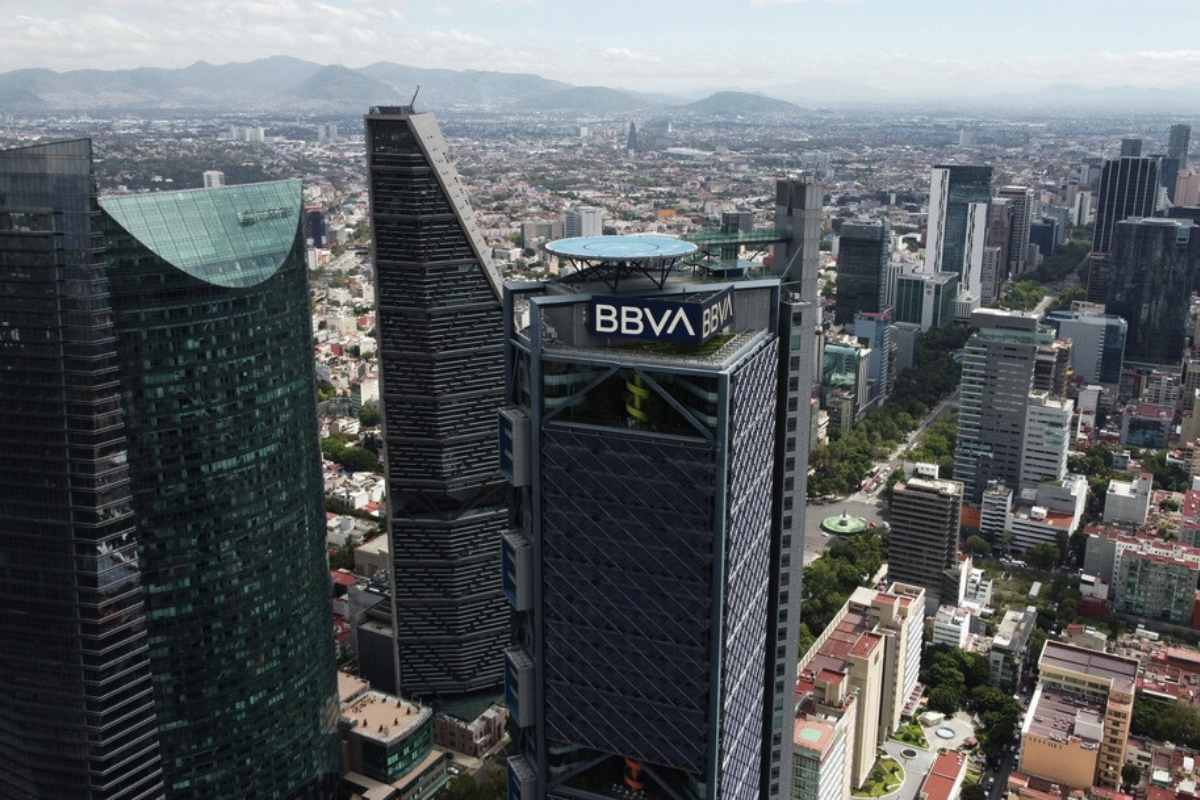According to the latest World Bank Global Economic Prospects report, the global economy is set to slow to 2.1 percent growth in 2023 after expanding 3.1 percent last year. The latest forecast is 0.4 percentage points above April’s, but it is based on a similar scenario.
“In 2023, trade will grow at less than a third of its pace in the years before the pandemic. In emerging markets and developing economies, debt pressures are growing due to higher interest rates. Fiscal weaknesses have already tipped many low-income countries into debt distress,” said Indermit Gill, the World Bank Group’s chief economist and senior VP.
Emerging markets other than China are poised to slow to 2.9 percent growth this year, down from 4.1 percent last year, with Latin America and the Caribbean set to grow 1.5 percent, 0.2 percentage points above the World Bank’s April prediction.
As pointed out by the World Bank, several central banks in the region began to raise their interest rates in 2021 to fight rising inflation, acting ahead of most advanced economies. “Although headline inflation has declined somewhat as key commodity prices, including energy prices, have retreated, persistent high core inflation has remained a challenge, with several unexpected upside movements in recent months,” the report notes.
While 2023 GDP projections for Brazil, Mexico, Colombia, and Chile were raised, to 1.2%, 2.5%, 1.7%, and -0.4%, respectively, the forecast for Peru and Argentina was revised down, from 2.6 to 2.2 percent and from 2 to -2 percent.
The World Bank’s projections, however, take into account the “associated carryover effects” of Argentina and Brazil’s contraction in the last quarter of 2022 — meaning the report does not consider Brazil’s better-than-expected Q1 results.
Brazil’s GDP grew at an annual rate of 4 percent between January and March and by 1.9 percent over the previous quarter, bouncing back from a quarterly variation of -0.1 percent at the end of last year, with agriculture posting a whopping 21.6 percent quarter-on-quarter growth rate — the highest since 1996.
The country’s results came so above market expectations that the median forecast for Brazil’s 2023 GDP measured every week by the Central Bank through a survey of 140 financial institutions rose from 1.3 percent to 1.68 percent this week.
Argentina’s GDP, on the other hand, is projected to contract by 2 percent in 2023, due to a severe drought that has damaged the country’s soybean and maize harvests — its two major export commodities. Brazil’s slowdown also weighs on Argentina’s non-commodity trading.
“The resulting scarcity of foreign exchange will create difficulties for importers, notably those in non-agricultural industries. Additionally, inflation has continued to rise, surging somewhat above 100 percent on a 12-month base,” says the report.
Domestic monetary policy easing is expected to start between the third and fourth quarters in most Latin American countries, says the report, allowing the region’s growth to pick up to 2 percent in 2024.


 Search
Search






































